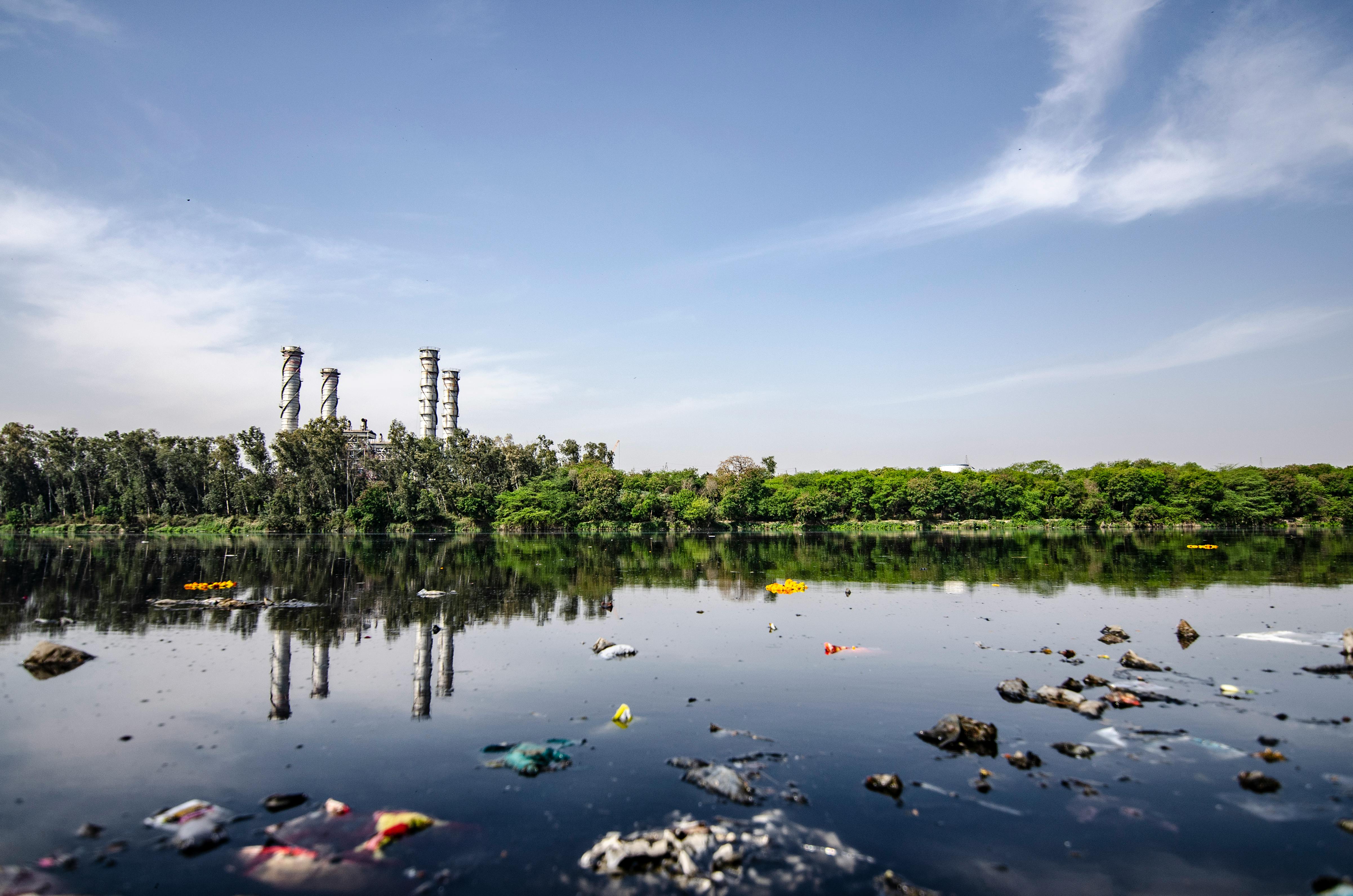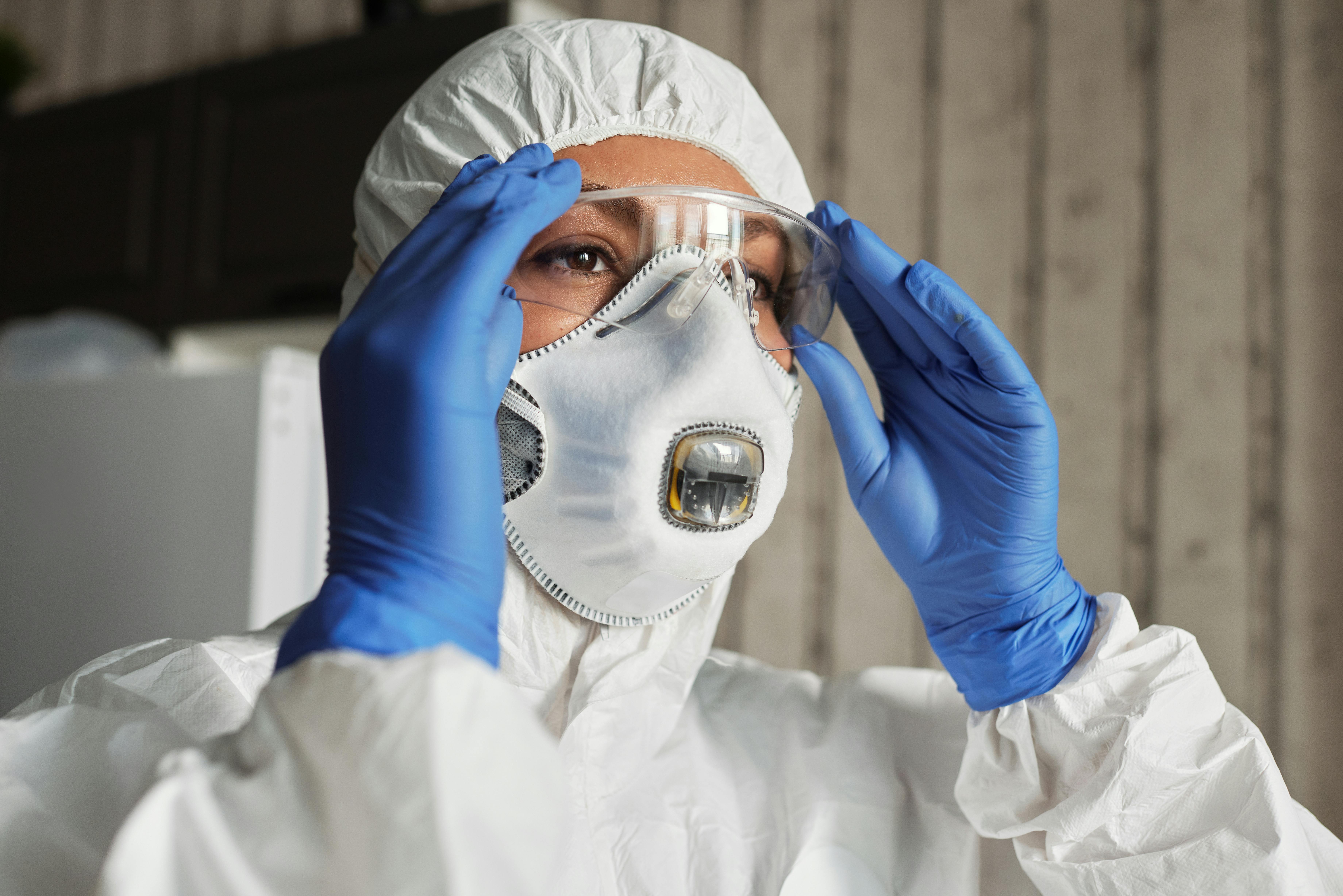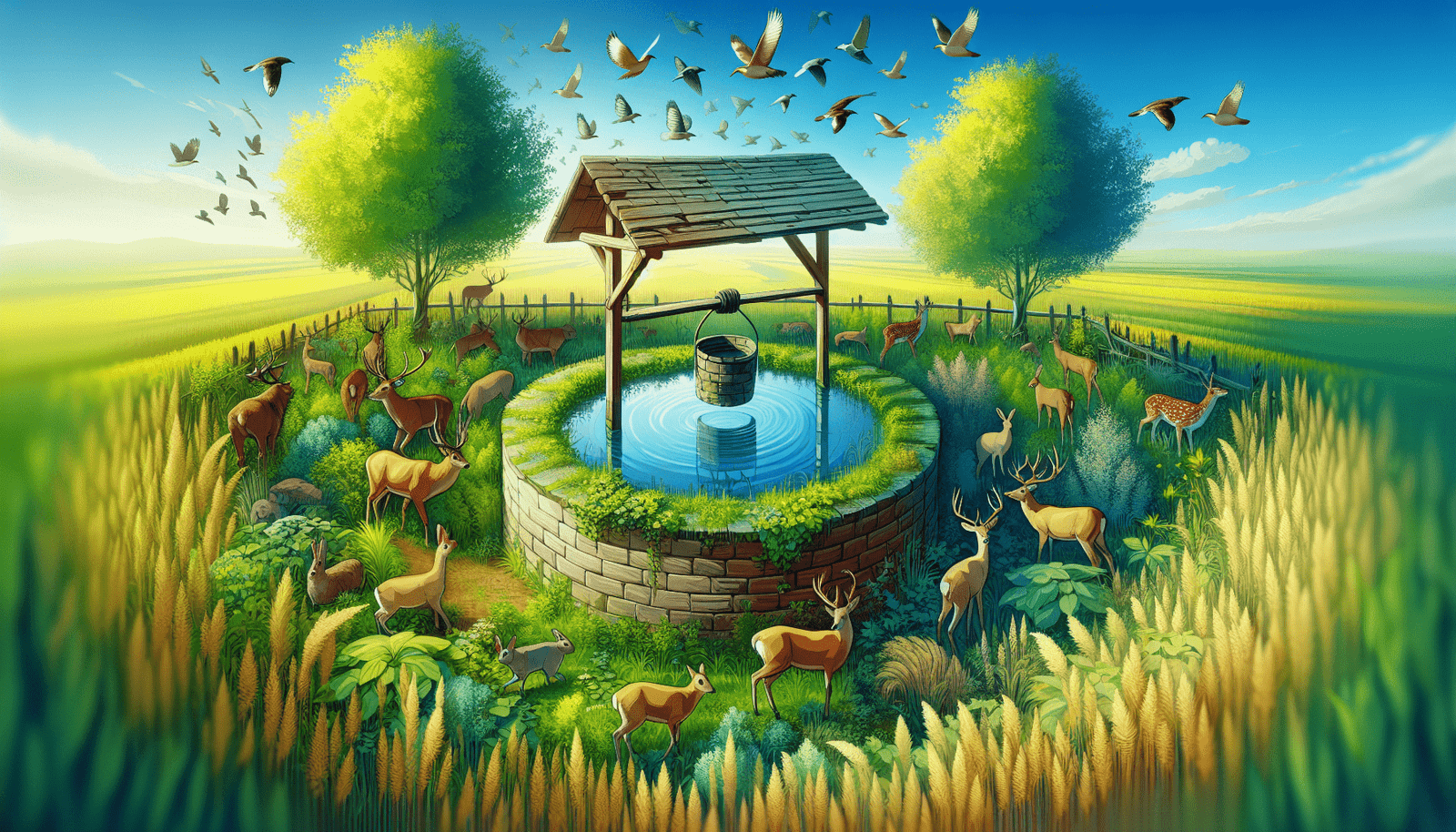Have you ever wondered how safe your well water really is? If you rely on a private well, you might have questions about potential contaminants and how they could affect your water supply. Understanding the risks associated with your well, especially from animal sources, is crucial for ensuring the safety and quality of your drinking water. Plus, the presence of an old or unused well on your property can add another layer of complexity to this issue. Let’s dive into the potential risks and what steps you can take to protect your well water.
Understanding Well Contamination
When it comes to well contamination, it’s important to understand how various factors can impact the water quality. Wells are an essential source of water for many, but because they draw directly from the groundwater, they can be susceptible to contamination from various sources, including animals. Ensuring your well is properly maintained and protected can prevent health risks associated with contaminated water.
How Contamination Happens
Contamination occurs when harmful substances enter the water supply, potentially causing health issues or making the water unsuitable for consumption. There are numerous contamination pathways, but today, we’ll focus on how animals can be a significant source.
The Role of Animals in Well Contamination
Animals, both wild and domestic, can contribute to well contamination in several ways. Whether it’s through direct contact or the byproducts they leave behind, these factors can lead to serious health risks if not managed properly.
Common Animal Sources of Contamination
It’s not just about the animals you might see on your property but also about thinking ahead to the unseen risks. Here, we’ll discuss some common animal-related sources of contamination and what makes them a concern for your well water.
Wildlife
Wild animals, such as deer, raccoons, and birds, might seem harmless as they roam your property. However, they can contaminate well water through feces or decaying carcasses that might get washed into the water supply during heavy rains or floods. These contaminants may carry bacteria, parasites, or viruses harmful to humans.
Livestock
If you live in a rural area, proximity to farms or ranches can increase the risk of contamination. Manure from livestock like cows, pigs, or chickens can seep into the groundwater if not managed correctly, introducing pathogens like E. coli and Salmonella into your well.
Pets
Household pets, especially if their waste is not adequately disposed of, can also pose a risk. In areas where pet waste runoff isn’t controlled, harmful contaminants can enter and affect your well water quality.

The Pathogens Involved
Understanding the specific pathogens is essential to grasp the seriousness of potential contamination. With animals often being carriers, knowing these organisms helps you take preventative measures against waterborne diseases.
Bacteria
Some of the most common bacterial contaminants from animals include E. coli, Salmonella, and Campylobacter. These bacteria can cause gastrointestinal illnesses, and are often introduced to water through fecal matter.
Viruses
Viruses such as adenovirus and norovirus can also be transmitted by animal waste. While less common, these viruses can lead to severe health issues and are challenging to eliminate once they’ve entered a water system.
Parasites
Parasites like Giardia and Cryptosporidium are another concern. These microorganisms can thrive in water supplies contaminated by animal feces and are known to cause severe digestive issues.
Addressing Old, Unused Wells
Old or unused wells can be hidden culprits for contamination, serving as direct channels for contaminants to seep into the groundwater. They are often overlooked but can pose significant risks if not properly decommissioned.
Identifying Risks of Old Wells
Old wells may not have the structural integrity to keep out harmful substances. They can serve as paths for surface runoff carrying animal waste, chemicals, or other contaminants to access the groundwater.
Proper Decommissioning
To remove these risks, it’s vital to properly decommission old wells. This process involves sealing the well to prevent contaminants from entering. It’s best done by professionals who can assess the well and ensure it’s correctly sealed.

Preventive Measures to Protect Well Water
Now that you’ve understood the risks, let’s look at how you can protect your well from contamination. Taking proactive steps ensures your water remains clean and safe for consumption.
Regular Testing
One of the most effective ways to prevent contamination is by regularly testing your well water. It allows you to catch any issues early on and is vital in maintaining water safety. Specific tests can target common animal-related contaminants.
Animal Management
Careful management of livestock and pets plays a crucial role in maintaining well water quality. Implementing measures like maintaining safe distances between animals and your well, and managing waste responsibly, can go a long way in preventing contamination.
Well Maintenance
Regular maintenance is essential for keeping your well structurally sound. This includes checking the seal, casing, and cap—a sturdy and adequately sealed well head keeps contaminants out.
Creating a Safe Zone Around Your Well
Maintaining a protective buffer zone around your well can help deter contaminants from reaching your water supply. A well-managed area surrounding your well can serve as an additional layer of defense against potential contamination sources.
Establishing a Controlled Area
Setting up a controlled area by limiting activities that can lead to contamination is crucial. For example, avoid applying fertilizers or pesticides near your well, as rain can wash these chemicals into the groundwater.
Landscaping for Prevention
Landscaping can also play a role by directing water runoff away from your well. Techniques such as grass planting or installing berms can prevent surface water, potentially carrying contaminants, from flowing toward your well.

Consequences of Inaction
If these measures are not taken, there can be significant consequences. Understanding the potential outcomes emphasizes why it’s crucial to stay vigilant about well safety.
Health Implications
Contaminated well water can lead to numerous health problems, ranging from minor stomach ailments to severe infections. This can be especially harmful to vulnerable populations such as children, the elderly, and those with weakened immune systems.
Financial Costs
Addressing contamination after it occurs can be costly. From replacing well components to medical costs associated with illness, the financial burden can be significant compared to the investment required for preventive measures.
Steps for Improvement
There’s always room for improvement when it comes to well safety. Here’s a quick checklist to help you ensure ongoing protection for your well water:
Checklist for Well Safety
| Action Item | Frequency | Notes |
|---|---|---|
| Test well water | Annually | More frequent testing if livestock farming is nearby |
| Inspect well components | Bi-annually | Check for cracks, corrosion, and proper sealing |
| Manage animal waste | Ongoing | Ensure all manure and waste are kept at safe distances |
| Landscape adjustments | As needed | Make changes to prevent water flow toward the well |
| Decommission old wells | One-time | Hire professionals to ensure proper sealing |

Final Thoughts
Your well is an invaluable resource, providing an essential supply of water for you and your family. While animals and other factors pose potential hazards, being proactive and informed is your best defense against contamination. Regular maintenance, testing, and mindful environmental practices lay the groundwork for clean and safe well water, ensuring you can continue to depend on this vital resource without concern. Remember, when it comes to the health of your well, a little attention now can save significant distress in the future.

